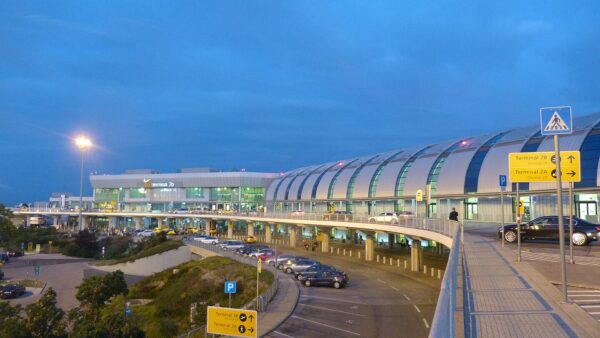Eleven workers died during construction of Rio Olympic facilities or Games-related projects between January 2013 and March 2016, according to a report released yesterday by Rio de Janeiro’s Regional Labor and Employment Office.
Not included in the audit are the two confirmed deaths last week when a section of elevated coastal cycle path built as a community project for the 2016 games was obliterated by a huge wave.
Compiled by Elaine Castilho, the auditor for the Rio Olympic Games works, the report notes that no work-related fatalities occurred in the preparations for the 2012 Summer Games in London. (The death of a crane driver in 2011 from a fatal cardiac arrest was not classed as a work-related incident.)
The Rio 2016 death toll compares unfavourably to the eight work-related deaths occurring across all of Brazil in preparations for the 2014 FIFA World Cup.
But the 11 fatalities recorded in the audit will be seen as a small number compared to the construction-related death toll in Qatar, which is preparing for the 2022 World Cup.
There, more than 1,000 migrant workers are dying each year, according to a December 2015 analysis by the International Trades Union Confederation (ITUC).
The causes of death vary from electric shock to falling scaffolding. There also were cases of workers being buried and vehicles overturning
ITUC claims that the total death toll by the time the tournament kicks off could be as high as 7,000, but a strict comparison to the Rio 2016 sporting event is difficult because Qatar is undergoing an intense infrastructure and development boom, with only a fraction of the construction work related directly to the World Cup, as a BBC analysis pointed out last year.
In Rio, the Metro Line 4 work saw the highest number of fatalities with three, the audit said, according to broadcaster EPSN.
One worker was killed by a truck, another fell from a ladder onto the tracks and another suffered fatal injuries from being whipped by a compressed air hose.
The other fatal accidents took place at the Museum of Image and Sound, at the Museum of Tomorrow, during work to extend the Elevado do Joa (the highway linking Barra da Tijuca to the Zona Sul), and during work surrounding the Olympic Park, on the Supervia and on the Transolimpica.
The causes of death vary from electric shock to falling scaffolding. There also were cases of workers being buried and vehicles overturning.
There have been two major additional accidents, according to Castilho’s report. One worker had to be hospitalized following an electric shock at the Olympic Park. In Transbrasil, another worker’s leg had to be amputated.
Photograph: The statue of Christ the Redeemer, designed by the Polish-French sculptor Paul Landowski and completed in 1931, overlooks Rio de Janeiro, Brazil (Olympic.org)
Comments
Comments are closed.







“The Olympics were a success but …. may end in tragedy”
From the reported death toll during construction it was already a tragedy.
I was reminded of a shocking report following the Athens games of a statue erected by the construction workers union in memory of 13 workers that died.
We should be very proud of UK Construction’s performance for the 2012 games, the first ever without work related fatalities – the construction teams deserved a medal. World Class indeed.